NDK-GDR-DDR
Élet és forma – Life and Style – Leben und Form
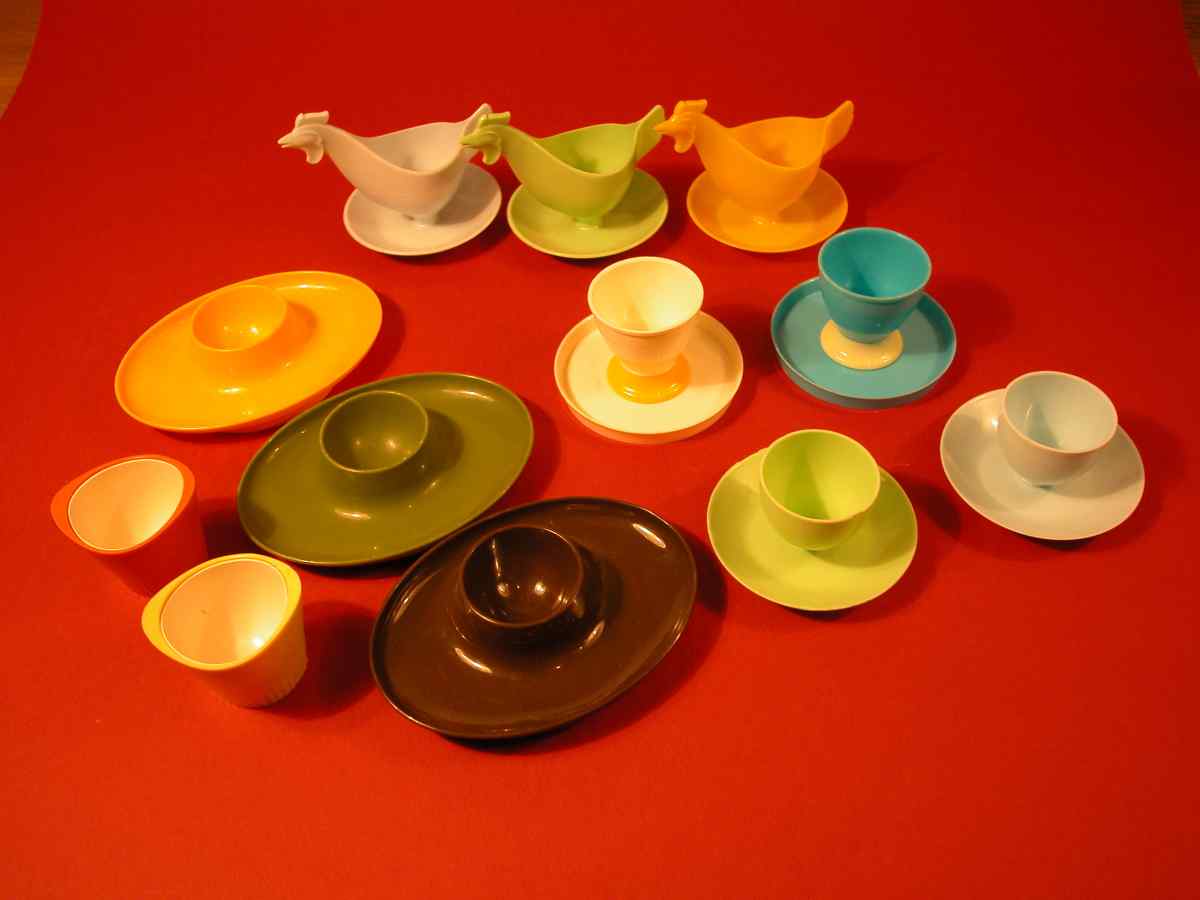
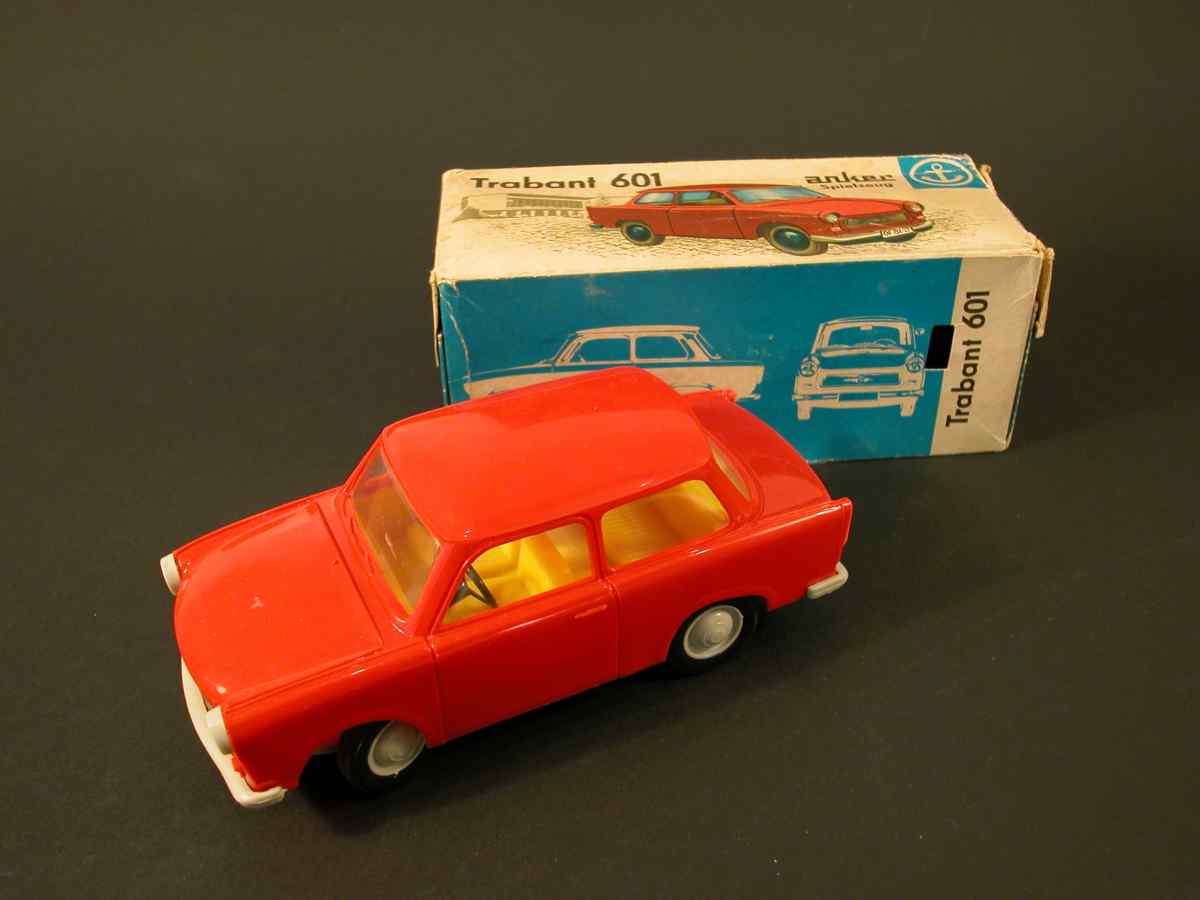
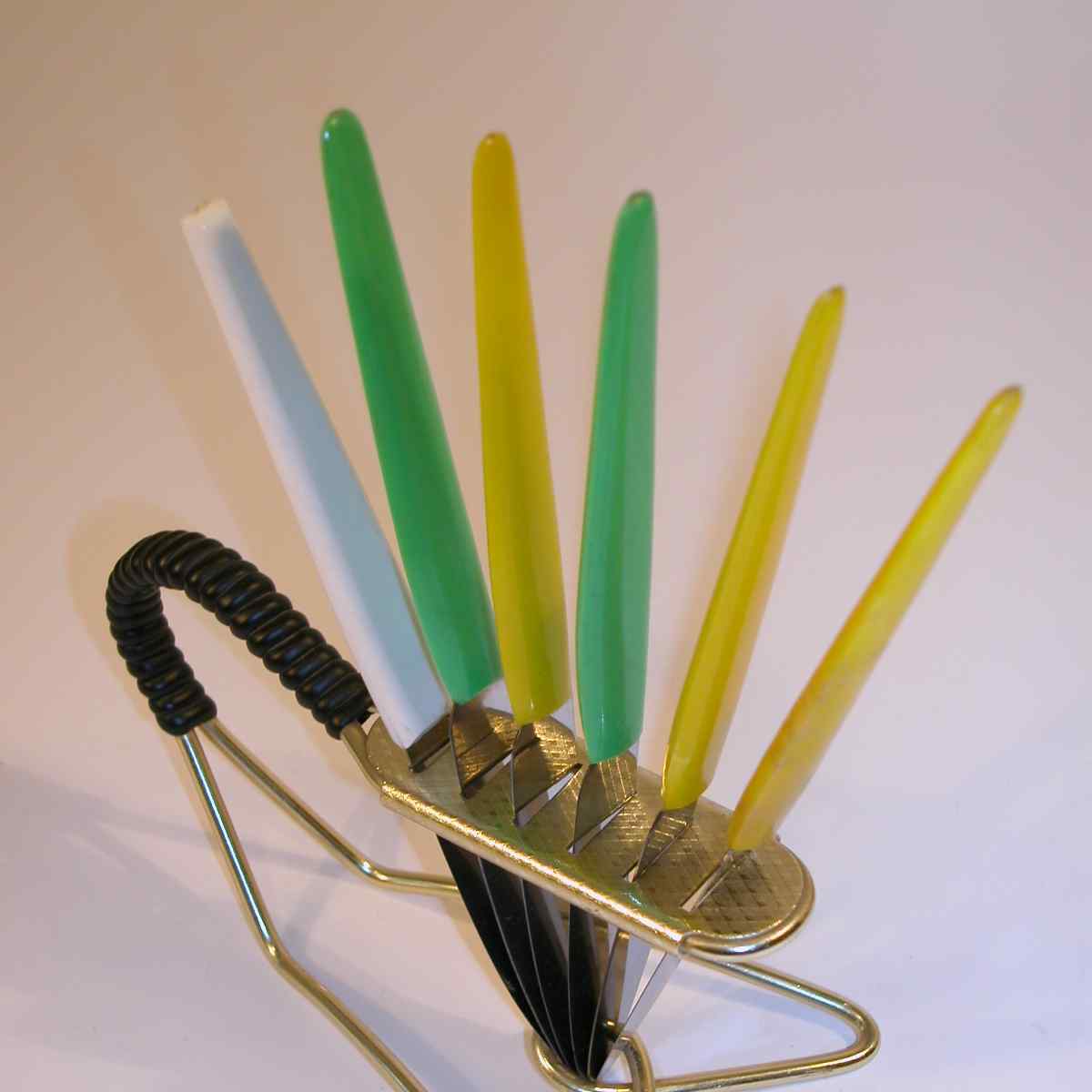
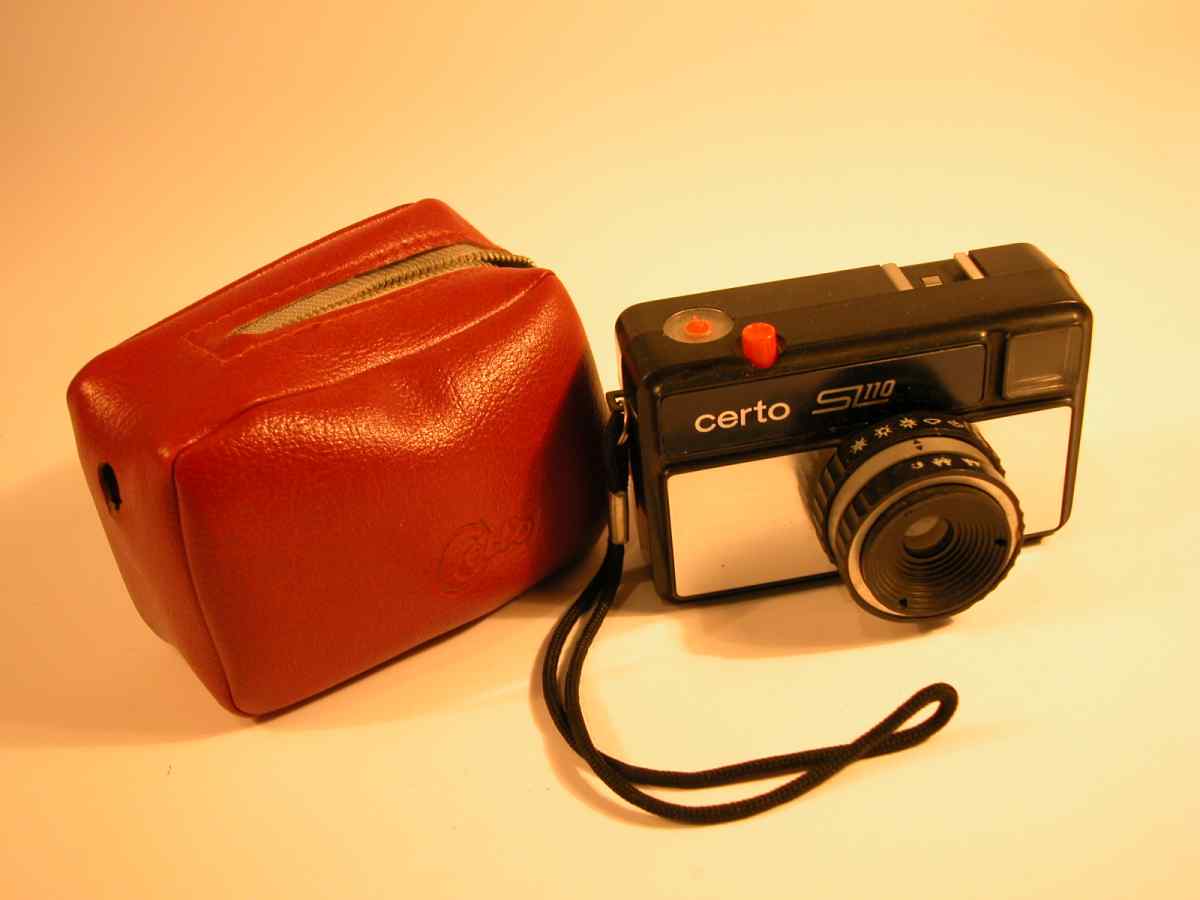
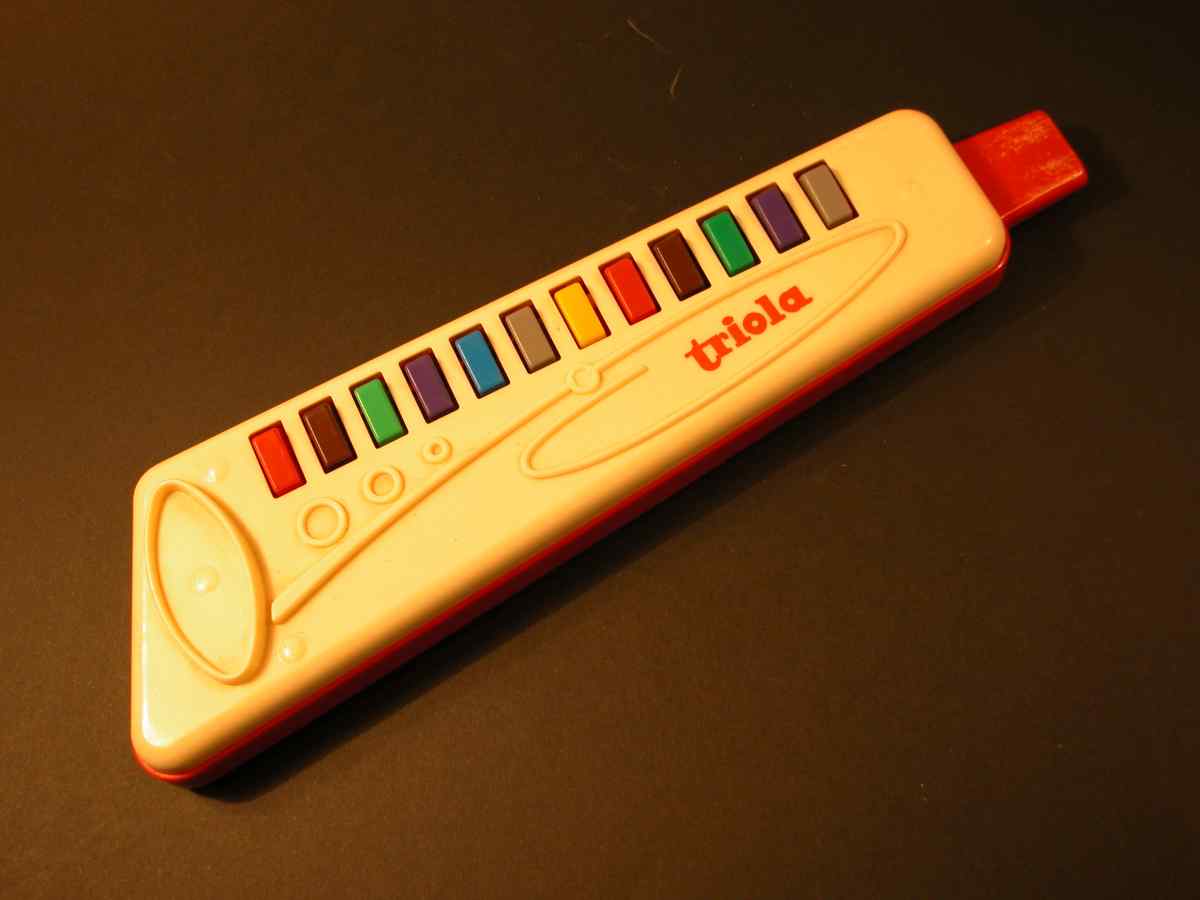




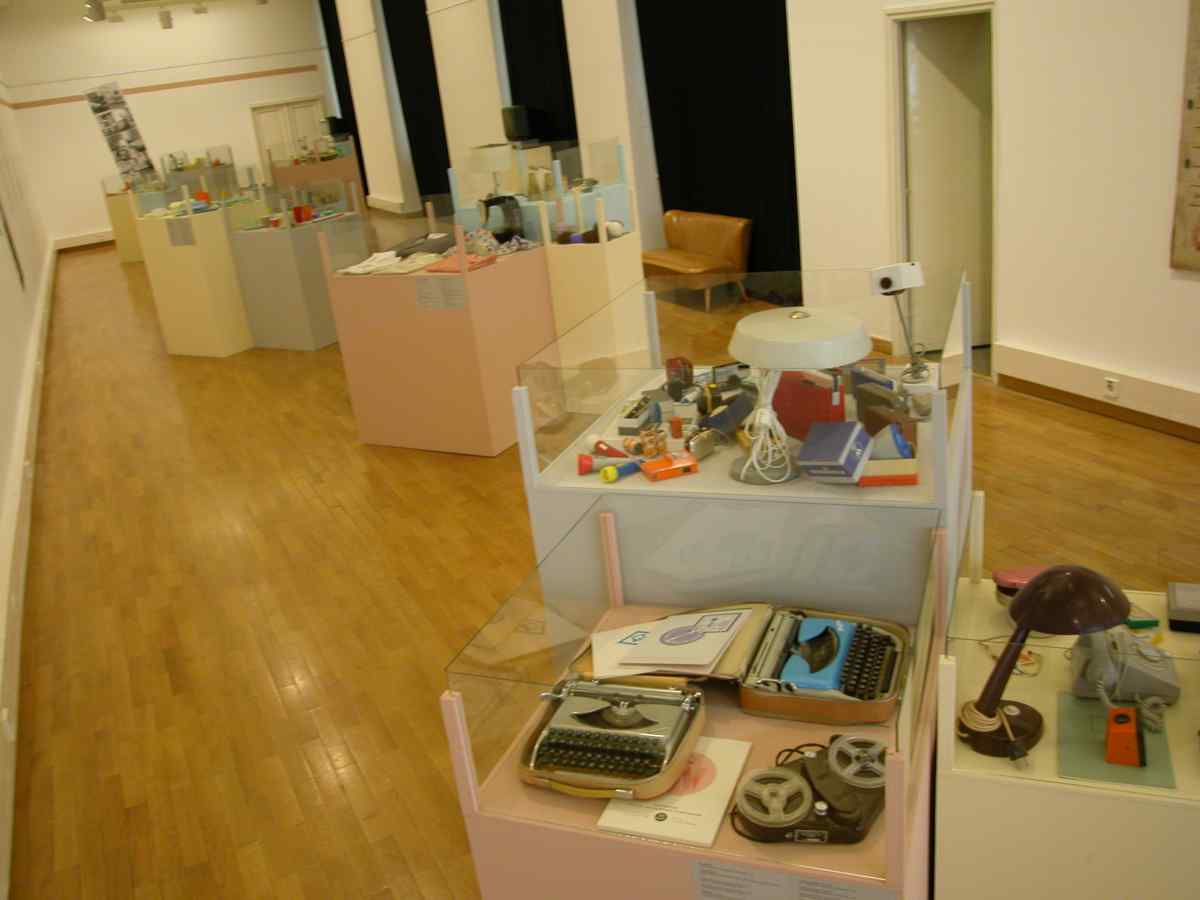
Szakértő/ Expert: Dr. Andreas LUDWIG
Design: NEMZETES Ferenc, TAMÁSI Miklós, PRUDICS Ella
Videoinstallációk/ Video installations: KRIZBAI Zoltán, TAMÁSI Miklós
Dokumentationszentrum Altagskultur der DDR, Eisenhüttenstadt
This exhibition provided a view “from below” at a period in German history in which party politics played an important role in shaping and guiding every aspect of life including the “Altagskultur” i.e. the culture of everyday life. Politics framed all historical developments within the GDR in which the state subsidized the prices of necessary goods, controlled job opportunities and qualifications, supported families, and conducted very extended housing programs.
Everyday objects typical of East German industrial production of the time – household plastics, radio electronics, and so-called consumer goods necessary for living – were mass-produced for millions. The exhibition was designed to present objects of material culture that represent the period from the 1950s through the 1970s in the former GDR. The exhibition was made in cooperation with the Dokumentationszentrum Altagskultur der DDR, in Eisenhüttenstadt.
The exhibition included a variety of objects: typewriters, lamps, sewing machines, radios, cameras, chairs, vases, ashtrays, vacuum cleaners, mixers, and dishes.
The Balaton as a meeting place for East Germans and West Germans was presented through documents from the holdings of the Open Society Archives as well as through brochures from the Tourist Bureau IBUSZ, promoting the Balaton in East Germany. There were also classic objects, such as camping equipments, to illustrate this.
Furthermore “Hungarians working in East Germany” was illuminated with documents and photos from OSA’s collections.